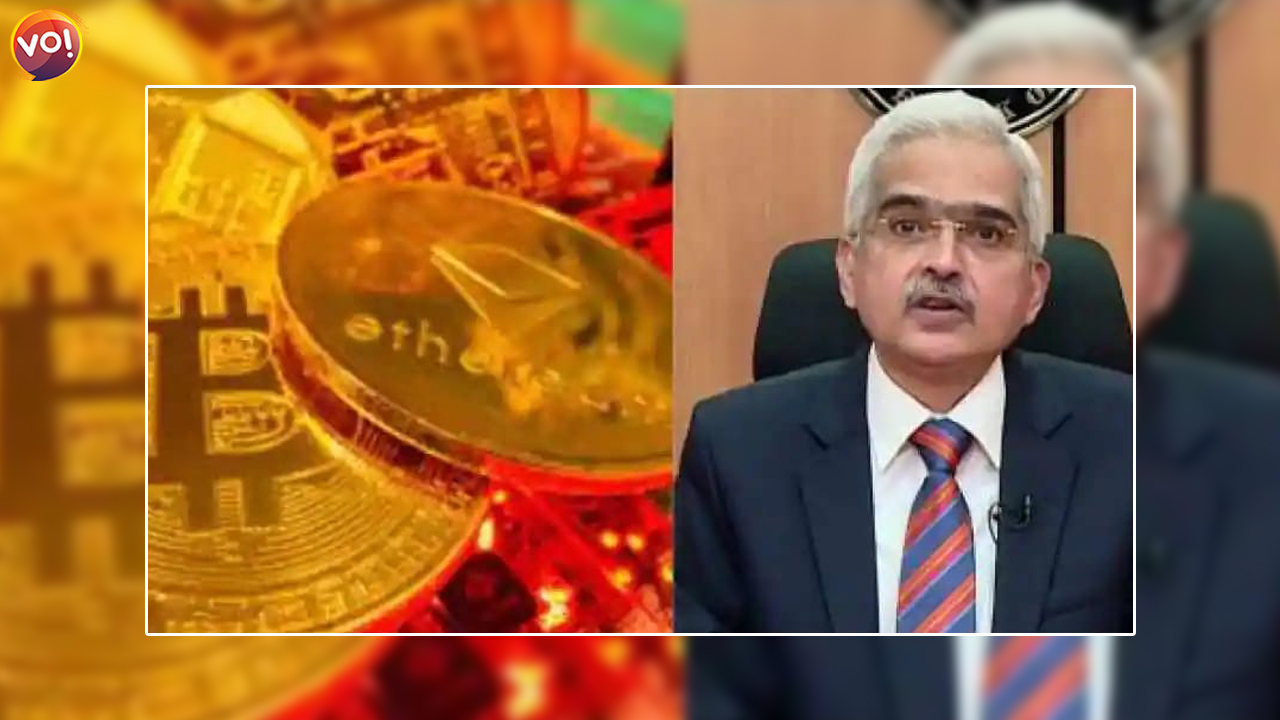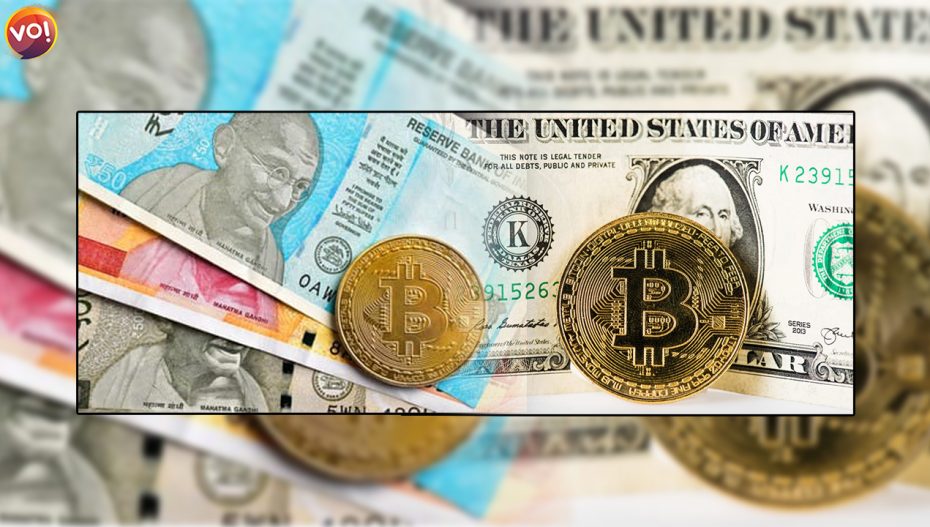What is Dollarisation? Simply put, dollarisation is the term when US dollar is used in addition to or instead of the domestic currency of another country. It is an example of currency substitution. Dollarisation usually happens when a country’s own currency loses its usefulness as a medium of exchange, due to hyperinflation or instability.
Which countries have been dollarised? The only fully dollarised countries remain Panama and Liberia. From a United States standpoint, it is noteworthy that about two-thirds of all dollar currency is held outside the United States. In 2009, Zimbabwe was also fully dollarised following a period of hyperinflation.
Why is dollarisation used? To receive the benefits of greater stability in the value of currency over a country’s domestic currency.
Why is the RBI worried about a dollarisation in India? In one word, “cryptocurrency.” RBI officials are reported to have told a Parliamentary panel that since cryptocurrencies are dollar-denominated and also issued by foreign private entities, India better watch out.
So why not call it “cryptorisation?” Ideally, the extensive use of cryptos should cause ‘cryptorisation.’ As per RBI officials, cryptocurrencies are dollar-denominated and also issued by foreign private entities which could lead to dollarisation. Again, cryptocurrencies have the potential to become a medium of exchange and replace the rupee in financial transactions both domestic and cross-border — thereby replacing a part of the Indian monetary system.

To get back to dollarisation…: Inflation can signal the beginning of dollarization. However, despite its current inflation troubles, India is still far away from the same. According to Gita Gopinath who is now the deputy managing director, International Monetary Fund, 86% of both Indian imports and exports are invoiced in dollars. Only 5% of India’s imports and 15% of exports are from and to the US — showing that few countries use their own currencies for international transactions due to the popularity of the dollar abroad.
This also means: Central banks of economies with high dollarisation, become bodies with no power. Their monetary policies which govern the local currency, will have no effect on an economy ruled by a foreign currency. In fact, this is one of the reasons why the Reserve Bank of India has been opposing crypto. Sensing grey areas, the finance ministry imposed a 30% crypto tax on it without “officially allowing” it in India. This move aimed to stall Indian rupees going up into purchasing virtual assets which will then be owned by foreign entities – that cannot be tracked by tax authorities here. The tax does not apply to individuals who mine cryptos to earn them but only to those who spend Indian rupees to acquire or trade in it.
The last word: The RBI keeps an eye on the movement of the Indian rupee. Of course, it is now more than ever vigilant with high inflation, devaluation and of course fears of possible stagflation looming large. Time alone will tell if their nightmare comes true.
Food Prices Continue To Rise In May And Other Key Highlights From The Latest RBI Report

















